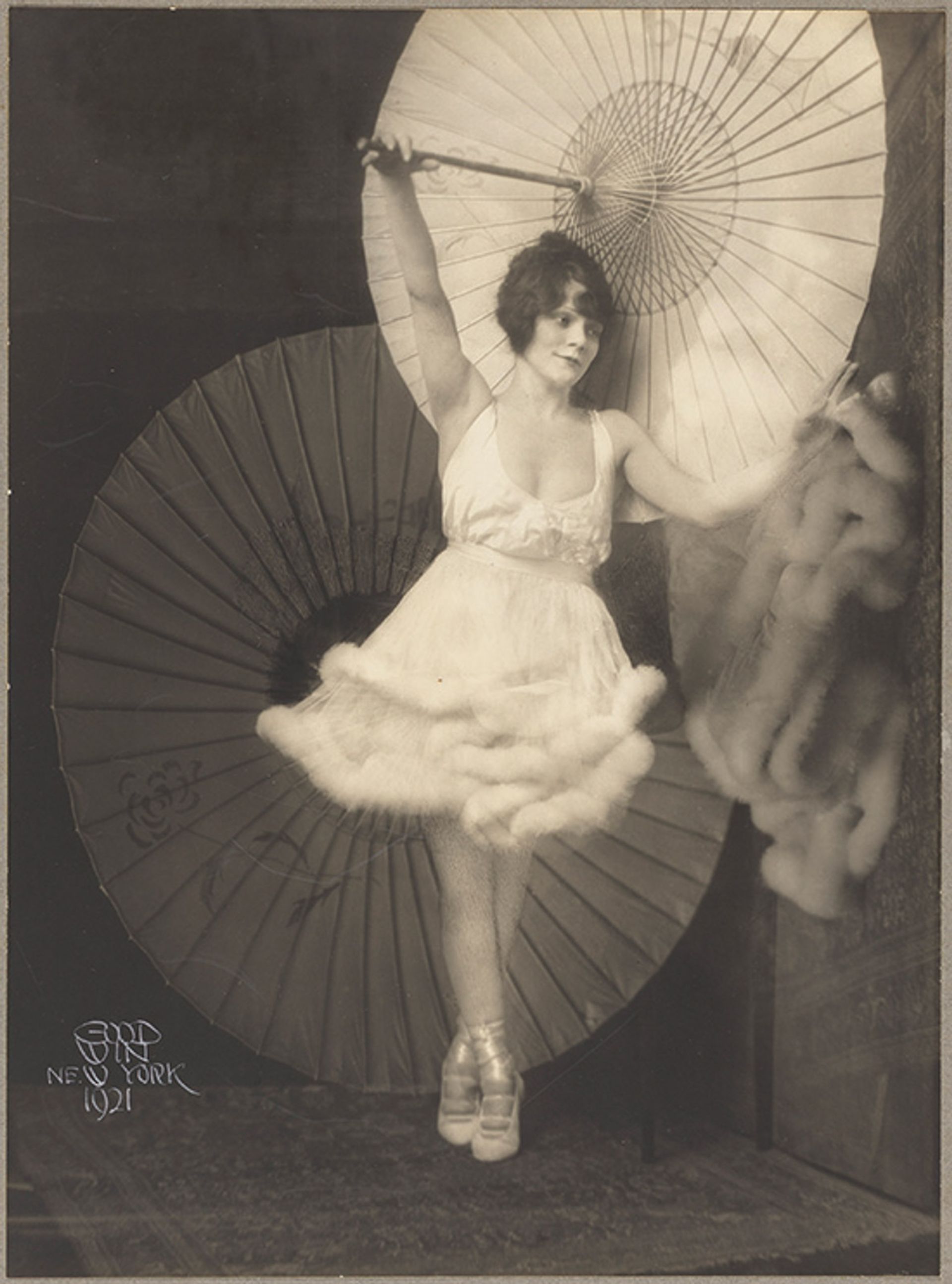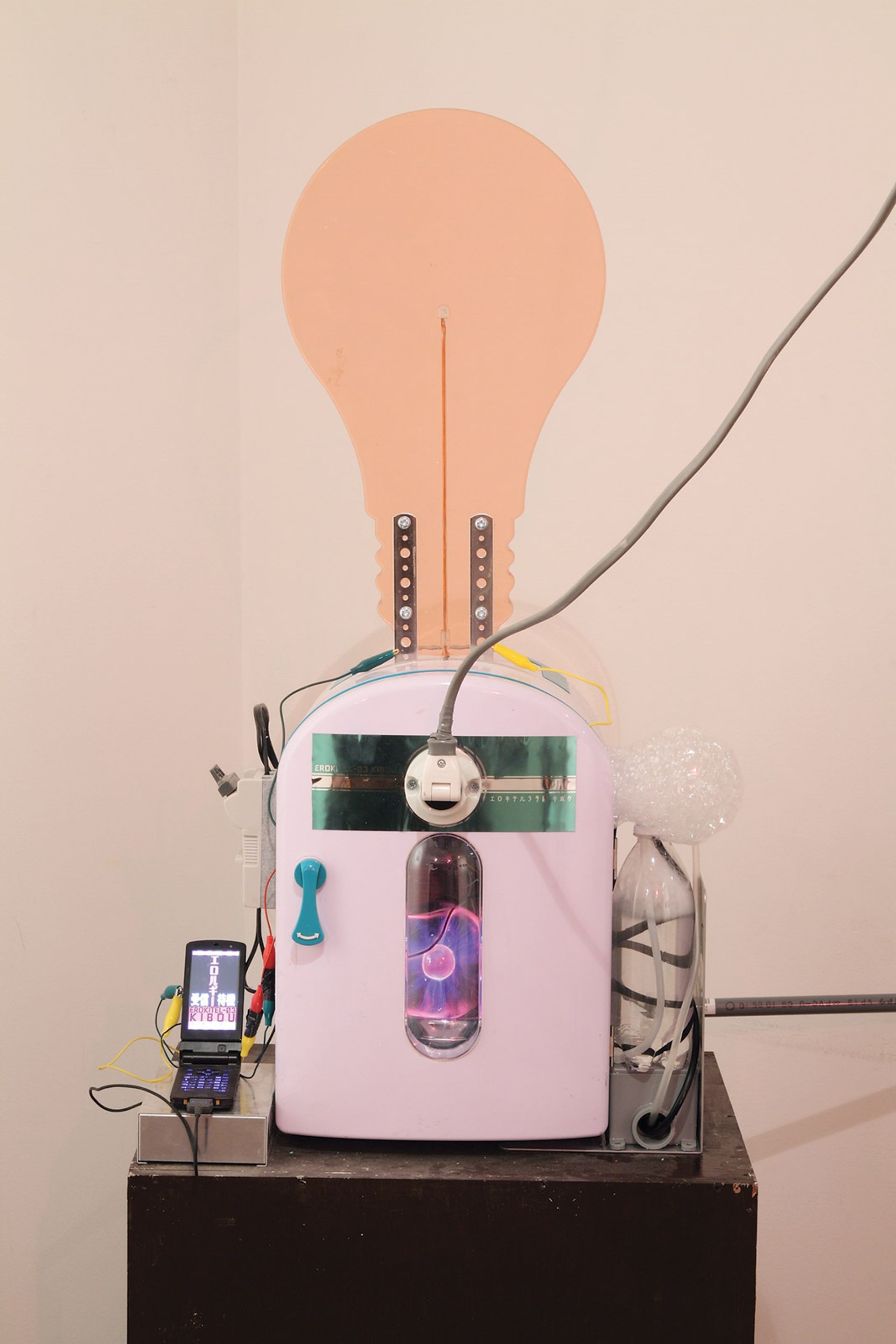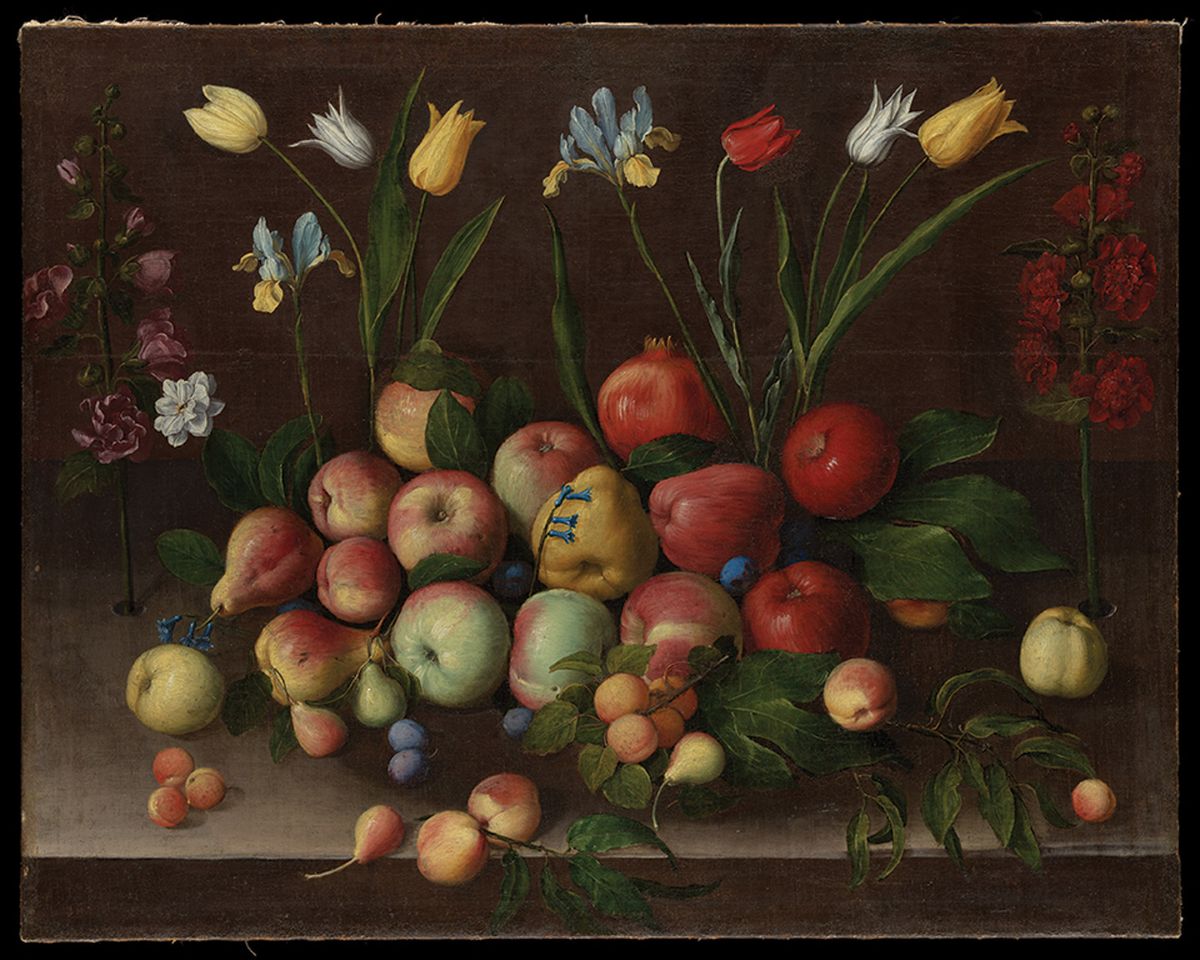Three paintings by Orsola Maddalena Caccia
Metropolitan Museum of Art, New York
The bequest of two striking still-lifes and a religious scene by the artist and nun Orsola Maddalena Caccia is stoking interest in her unusual career. The paintings, among 11 works bestowed by the late hedge-fund executive Errol Rudman, are Fruit and Flowers (around 1630), Flowers in a Grotesque Vase (around 1635) and Madonna and Child with the Infant Saint John the Baptist (around 1625). Caccia oversaw a studio in an Ursuline convent in Moncalvo, Italy, founded by her father in part to house his six daughters. Fruit and Flowers attests to Caccia’s imagination: the Met notes that the blooms seem to sprout directly from the stone on which they rest. The still-lifes are on view in the museum’s newly reinstalled European galleries.

Goodwin's 1921 photograph of the famous tightrope walker Bird Millman Photo: Cecilia Heisser/Nationalmuseum
Pictorialist photographic portraits by Henry B. Goodwin
Nationalmuseum, Stockholm
Sweden’s Nationalmuseum has acquired six portraits in the pictorialist style by the early 20th-century photographer Henry B. Goodwin. Born in Munich as Heinrich Bürgel, he anglicised his name, moved to Sweden and lectured in German at Uppsala University. But photography was his passion and he considered it an art form. After receiving praise at the Baltic Exhibition in 1914, he set up a studio in Stockholm and established himself as the foremost portraitist of authors, dancers and actors, including a young Greta Garbo. His cityscapes were also in great demand and Vanity Fair’s owner Condé Nast invited Goodwin to New York. There, he photographed the celebrated tightrope walker Bird Millman in 1921 on tiptoe and holding her signature parasol.

Japanese collective Chim-Pom’s Libido-Electricity Conversion Machine “EROKITEL” Third and Practical Model “KIBOU” (2011) Photo: Kei Miyajima; © Chim-Pom; courtesy of the artists, Mijin-To Production and Yamamoto Gendai
Japanese contemporary art
M+, Hong Kong
Hong Kong collector Hallam Chow has donated 17 contemporary works to M+ ahead of its scheduled opening late this year. Chow says the gift aims to help the museum nurture “exchange between and among the Asian countries, including regions that may have been overlooked in the global art scene”. The 13 artists represented include South Korea’s Lee Bul, Thailand’s Montien Boonma and eight artists from Japan, among them the collective Chim-Pom. Their installation Libido-Electricity Conversion Machine “EROKITEL” Third and Practical Model “KIBOU” (2011) “depicts the irrational side of lust and sex”, Chow says. In an allusion to the 2011 Fukushima nuclear meltdown that often informs the group’s work, the piece presents the male libido as an alternative energy source. It includes the advertisement of a fake erotic phone line, to which any enquiring calls “light up a giant phallic light bulb”.


